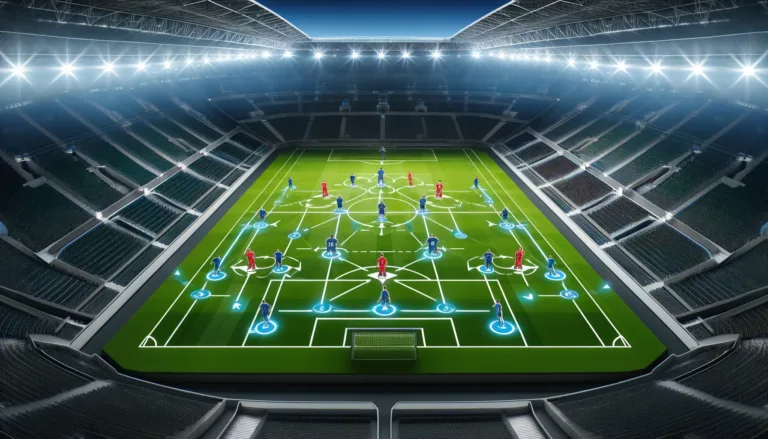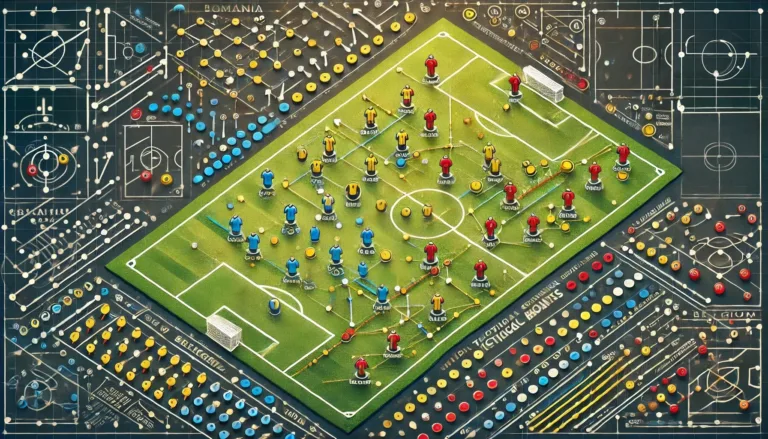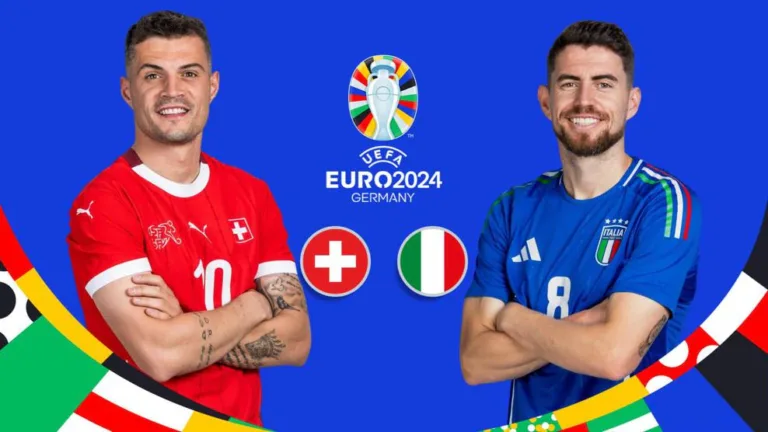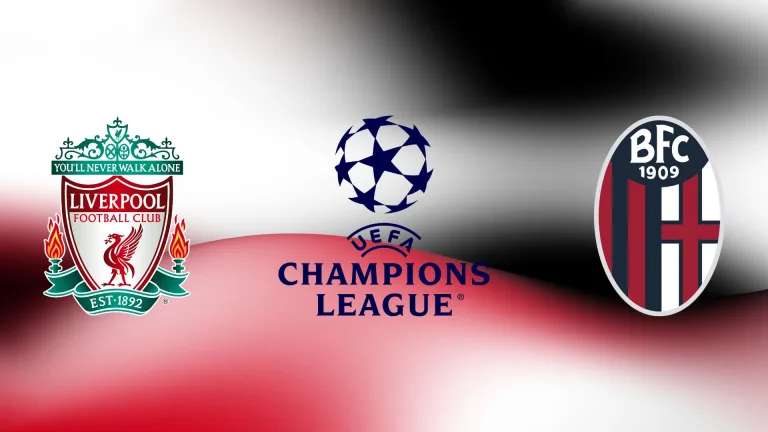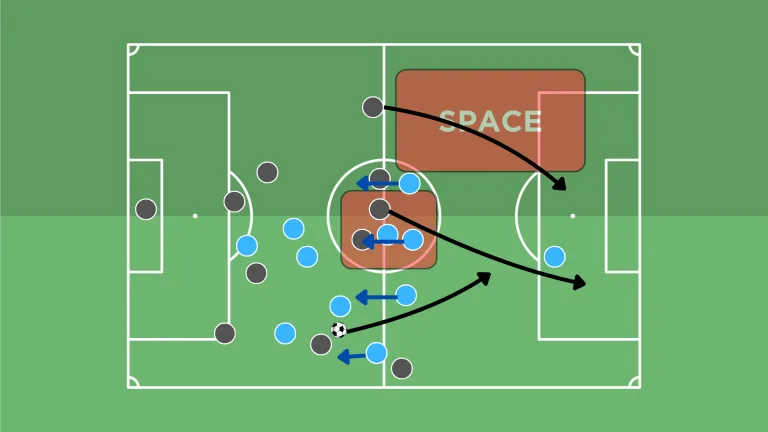Tactical Demolition: How Ancelotti’s Real Madrid Dismantled Tuchel’s Bayern Munchen
In a match filled with emotion and dramatic twists, Real Madrid managed to secure their place in the Champions League final after a spectacular comeback in the second leg against Bayern Munich, prevailing with a score of 2-1 (4-3 on aggregate).
Starting Lineups
This match marks the return of Daniel Carvajal to the Champions League after a suspension in the previous round, resuming his position as right-back. Another change from the first leg is the positional rotation between Rodrygo and Jude Bellingham; in the previous match against Bayern, Bellingham played as a forward alongside Vinicius, while in this game, he is positioned on the left wing.
In the visitors’ camp, there is a notable change in the defensive line: Matthijs de Ligt replaces Kim Min-jae, who underperformed in the first leg. Additionally, Thomas Muller and Leon Goretzka are replaced by Aleksandar Pavlovic and Serge Gnabry.
Match Report
The match began with an aggressive Real Madrid, showing their intentions from the opening minutes. In the 13th minute, Vinicius hit the post, followed immediately by a Rodrygo shot saved by Neuer. Bayern responded through Harry Kane, who nearly opened the scoring, but his powerful volley was deflected to a corner by Lunin. Harry Kane’s technique in this move demonstrates why he is one of the best forwards in modern football.
The first half continued with constant pressure from the Madrid side. Vinicius was at the heart of the action, continuously troubling the Bavarian defense. Nonetheless, Neuer made several key saves, keeping the score unchanged.
The first half ended with Real Madrid holding 57% possession, having also taken 8 shots (2 on target) compared to Bayern’s 2 shots (both of them on target).

Bayern came back more determined after the break, and in the 68th minute, Alphonso Davies opened the scoring. Coming off the bench, the Canadian capitalized on a great pass from Kane and scored with a well placed shot, marking his first Champions League goal. Davies’ shot confused Antonio Rudiger who did not expect Davies to shoot with his right foot.
Real Madrid seemed to equalize in the 71st minute when De Ligt’s own goal was canceled due to a foul on Kimmich. The VAR decision maintained Bayern’s lead, adding even more tension to the match.
However, in the 88th minute, the spotlight was on Joselu, who equalized after a huge error by Neuer. The German goalkeeper fumbled the ball after a weak shot from Vinicius, and Joselu was in the right place to push the ball into the net.
The climax of the drama occurred in the 91st minute when Joselu scored again, although the goal was initially disallowed for offside. VAR intervened and confirmed the goal, granting the Madrilenians a dramatic victory and a place in the final.
The match ended amid high drama and controversy when central referee Szymon Marciniak stopped the game for an offside during a dangerous attack by Bayern. They shot after the referee’s whistle, and the supposed goal was not counted, amid frantic protests from Thomas Tuchel. However, the fact that the shot occurred after the whistle was undeniable, rendering the protests futile, and the match concluded with a victory for the hosts.
Tactical Analysis
Real Madrid’s First Half Setup
In the first half, Toni Kroos was utilized by Real Madrid as a central figure in their build-up, capitalizing on his remarkable passing and ball distribution skills to deliver precise diagonal passes to Carvajal.
Real Madrid organized their back line with the two central defenders, Rudiger and Nacho, while Toni Kroos dropped to the left side to initiate the build-up and distribute the ball. Kroos had plenty of space in the defensive line, a surprising decision by Tuchel not to apply pressure on the most influential player in ball distribution.

Mendy, Bellingham and Rodrygo Overload the Left Wing
Due to Toni Kroos’s positioning, almost in line with Rudiger and Nacho, Mendy had the opportunity to advance significantly on the left flank, with Kroos covering the space behind him. This advancement allowed Mendy to occupy the space space on the left side of the field, giving Jude Bellingham the chance to drop slightly, while Vinicius moved closer to the left area of Neuer’s box.
During this rotation, Rodrygo left the right flank and moved to the left. As a result, Real Madrid created an overload on the left flank, forcing the opposition defense to regroup and free up the right flank, where Carvajal was positioned.
There were two main tactics from this point. The first involved a long direct pass from Toni Kroos to Carvajal on the right flank, followed by his crosses. The second option involved building up play on the left side of the midfield with short, rapid passes, but with the same end result: the ball reached Carvajal, who was free on the right flank.

Tony Kroos’ pinpoint accuracy
As previously mentioned, Toni Kroos played a crucial role in Real Madrid’s tactical setup, and his efficiency is clearly reflected in the statistics. In just 70 minutes, the midfielder made 101 passes, 94 of which were accurate, thus achieving a 94% success rate.
Moreover, he had the most ball touches in the match, with 112, and maintained the highest passing accuracy in this encounter, followed by Nacho with 77 successful passes.

Real Madrid Capitalizes on the Space Left by Sane
To limit Toni Kroos’s freedom of movement, Tuchel employed Sane in pressing on the left flank. His presence not only restricted Kroos’s actions but also allowed Sane and Gnabry to exploit the more open flanks of the Madrid side when regaining possession.
A disadvantage of this approach is that Tuchel created a vulnerable space for 2-on-1 situations on the left wing. Thus, Ferland Mendy often remained free when Sane advanced to press. This was not a major issue as long as Mendy did not significantly engage in the offense.
However, the situation became complicated when Vinicius was in that position. In the second half, Mendy moved more towards the center of the field, leaving Vinicius close to the touchline on the left flank in the space vacated by Sane. This positioning led to several direct duels between Vinicius and Kimmich, where the Madrid forward often managed to outplay him, creating multiple dangerous situations.

Thomas Tuchel’s Massive Mistake
Thomas Tuchel adopted a defensive approach that negatively impacted Bayern Munich’s performance, suggesting that his decision to leave the team at the end of this disappointing season is justified.
Following Alphonso Davies’ goal, Bayern became more defensive, trying to preserve the lead. However, with over 20 minutes remaining, Real Madrid had ample time to reverse the score, given the caliber of the team.
In the 76th minute, Tuchel made a strategic substitution, replacing Sane with defender Kim Min-jae, a move that weakened the attack and invited Madrid to press even more.
In response to this invitation, Ancelotti opted for a more offensive tactic, bringing Brahim Diaz and Joselu onto the pitch, alongside Luka Modric, who took over Toni Kroos’ precise distribution but from a more advanced position.
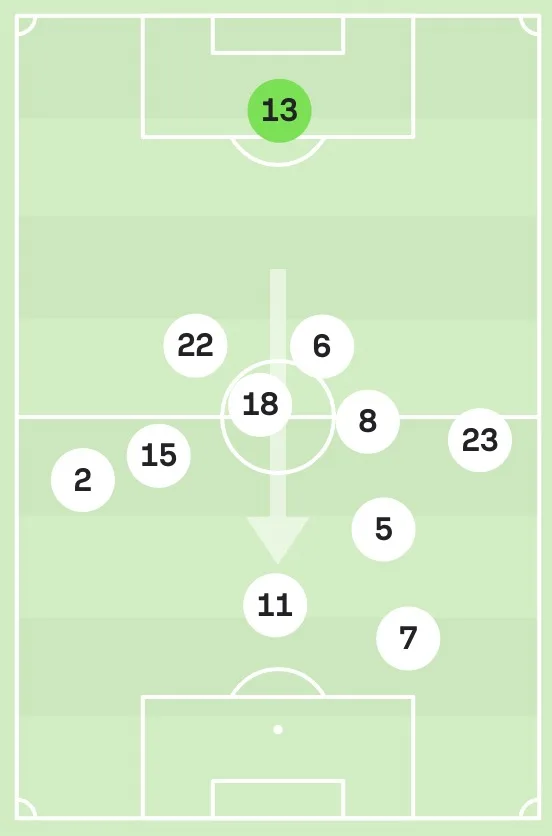

The diagram showing the average position of the players indicates that Real Madrid adopted a predominantly offensive formation after the substitutions, focusing more in the opponent’s half, especially in the midfield.
In the 85th minute, Tuchel made a controversial change, replacing Harry Kane with Eric Choupo-Moting, who had only played an average of 11 minutes in four Champions League matches. This decision significantly reduced Bayern’s offensive capability, in hopes of preserving a fragile one-goal lead. However, Tuchel should have considered what would happen if Real Madrid equalized and forced extra time, especially since Bayern would be lacking any offensive force.
Ultimately, Joselu’s double, with goals in the 88th and 91st minutes, ended Tuchel’s campaign in European competitions for this year.
Conclusions
On a night where emotions and tension reached their peak, Real Madrid once again demonstrated why it is considered one of the most resilient and spectacular teams in European football. This dramatic qualification for the Champions League final, after a second leg full of twists and turns against Bayern Munich, highlights the remarkable ability of the Madrilenians to come back and triumph in crucial moments.
Tactical decisions and player substitutions, especially in the second half of the match, had a decisive impact on the final outcome. As they prepare for the grand final, Real Madrid remains a symbol of excellence in football, managing to turn difficulties into memorable victories.

